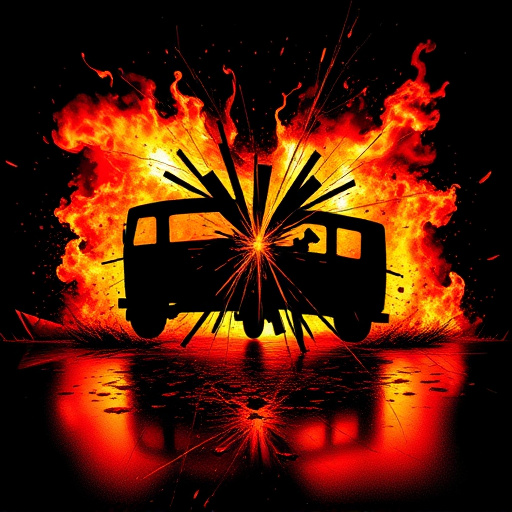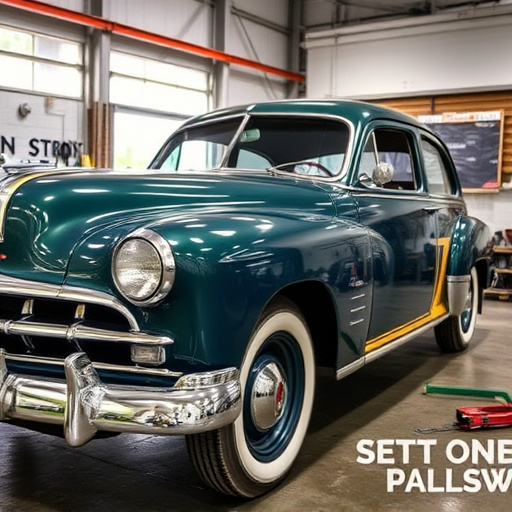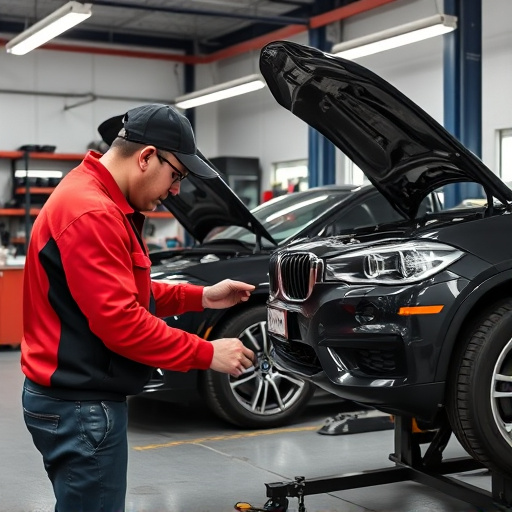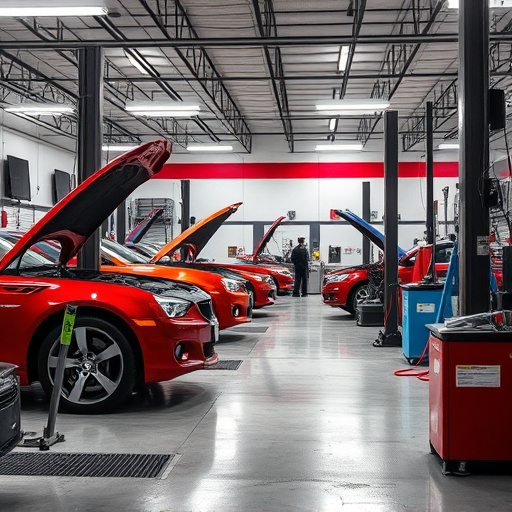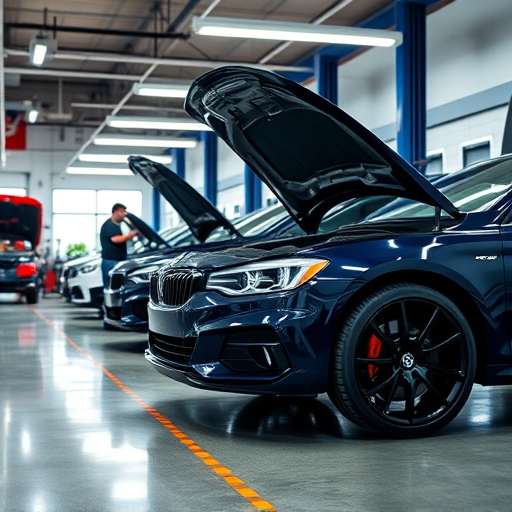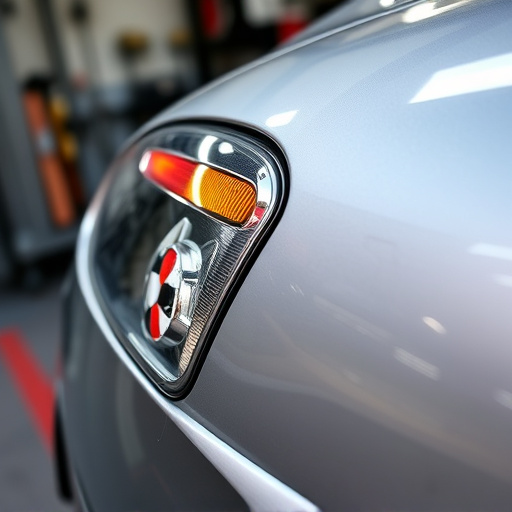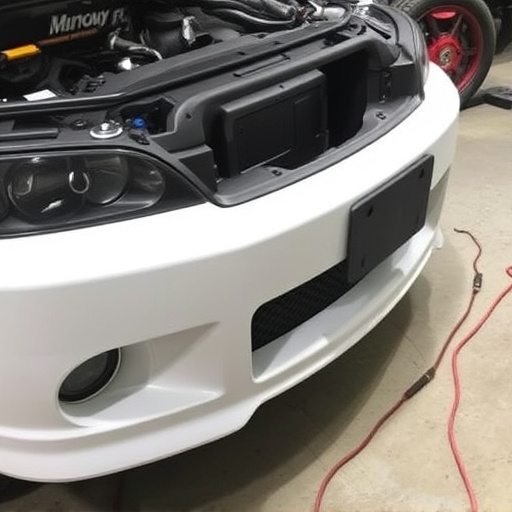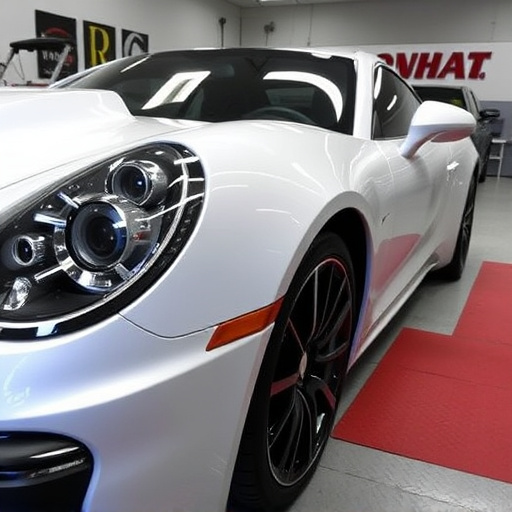Certified repair facilities perform meticulous Tesla drive unit inspections to ensure safety and quality. Technicians use advanced tools and knowledge to check hardware, software, and aesthetics, including motors, sensors, and dent repair. This process identifies issues early, prevents major problems, and maintains Tesla's high performance standards for all components. Documented findings guarantee optimal vehicle condition and owner satisfaction.
“Uncover the intricacies of Tesla drive unit inspection, a critical process ensuring the safety and performance of electric vehicles. This comprehensive guide delves into the essential standards and best practices, highlighting the pivotal role of certified repair facilities in maintaining high-quality repairs. From understanding key inspection criteria to implementing efficient workflows, learn how these steps contribute to the overall reliability of Tesla vehicles on the road. Master the art of thorough drive unit inspection with our step-by-step approach.”
- Understanding Tesla Drive Unit Inspection Standards
- The Role of Certified Repair Facilities in Quality Assurance
- Step-by-Step Guide to Efficient Drive Unit Inspection
Understanding Tesla Drive Unit Inspection Standards

Tesla Drive Unit Inspection Standards are a critical aspect of maintaining the performance and safety of Tesla vehicles. These standards ensure that every drive unit undergoes rigorous scrutiny, adhering to precise criteria before being installed or returned to service. The process involves comprehensive testing, from checking electrical connections for integrity to verifying software functionality and hardware condition.
Certified repair facilities play a pivotal role in upholding these standards, employing specialized technicians trained in the latest Tesla repair methods. They utilize advanced diagnostic tools to assess components like motors, sensors, and control modules. Moreover, these inspections often incorporate paintless dent repair techniques for aesthetic preservation, alongside meticulous auto body repair and automotive repair services, ensuring that both functionality and aesthetics are restored to their optimal state.
The Role of Certified Repair Facilities in Quality Assurance
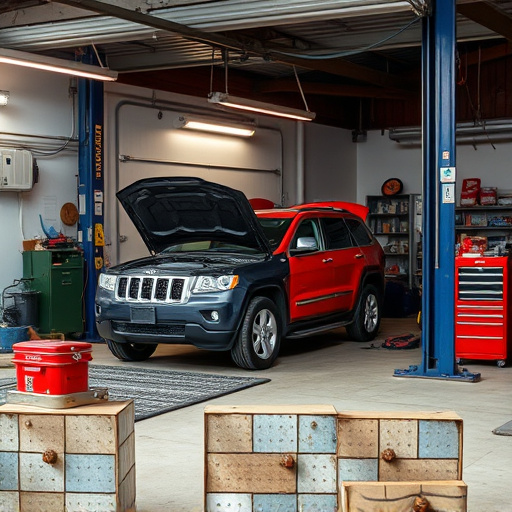
Certified Repair Facilities play a pivotal role in maintaining the quality and safety standards of Tesla vehicles, particularly when it comes to crucial components like the drive unit. These facilities are equipped with specialized tools and trained technicians who conduct meticulous inspections during every repair or service process, ensuring that each component, including auto glass replacement and vehicle dent repair, meets Tesla’s stringent criteria. By adhering to rigorous protocols, these professionals not only guarantee the functionality of essential systems but also contribute to the longevity and overall performance of the electric vehicles.
Through comprehensive Tesla drive unit inspections, certified facilities identify potential issues early on, preventing minor problems from escalating into major repairs. This proactive approach not only saves owners time and money but also ensures that their vehicles operate at peak efficiency. Moreover, these facilities’ adherence to quality assurance measures cultivates a reliable network, fostering owner confidence in the restoration of their Tesla’s optimal condition, be it for auto maintenance or more specialized services like vehicle dent repair.
Step-by-Step Guide to Efficient Drive Unit Inspection
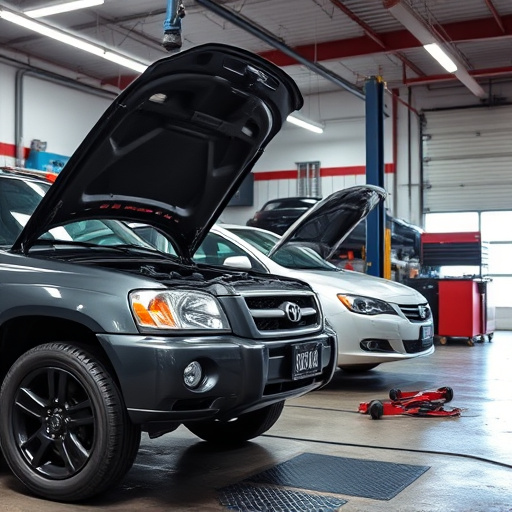
A Tesla drive unit inspection is a meticulous process that requires skilled technicians and specialized tools. Here’s a step-by-step guide for efficient drive unit evaluation:
1. Safety First: Begin by ensuring the vehicle is secure and powered off. Remove any high-voltage components and ground them properly to mitigate safety risks associated with working on electric vehicle (EV) systems.
2. Visual Inspection: Carefully examine the drive unit for any signs of damage, corrosion, or unusual wear patterns. This initial step provides crucial insights into potential issues that may be visually apparent before delving deeper.
3. Connect Diagnostic Tools: Utilize a compatible OBD-II scanner to access detailed vehicle information and error codes related to the drive unit. These tools offer precise data on performance metrics, enabling technicians to pinpoint specific problems.
4. Test Key Systems: Conduct functional tests on key subsystems within the drive unit, such as sensors, actuators, and control modules. Verify their proper operation by simulating various driving scenarios using diagnostic software.
5. Analyze Performance Data: Compare actual performance data against manufacturer specifications. Look for discrepancies in torque output, speed regulation, or power delivery—indicating potential issues with the unit’s functionality.
6. Check Connections: Examine all electrical connections for loose or damaged wires. Tighten or replace as necessary to ensure optimal data transfer and communication between components.
7. Perform Dynamic Testing (if applicable): For advanced drive units, dynamic testing may be required. This involves monitoring real-time performance during acceleration and braking to identify unusual behaviors that could point to hardware faults.
8. Document Findings: Document all observations, test results, and diagnoses for accurate record-keeping and future reference. Comprehensive documentation aids in tracking recurring issues and ensures quality control.
By adhering to this step-by-step process, certified repair facilities can efficiently inspect Tesla drive units, ensuring optimal performance and safety for their clients—an essential aspect of providing top-tier body shop services and automotive restoration.
Tesla drive unit inspection is a critical aspect of maintaining the performance and safety of electric vehicles. Certified repair facilities play a pivotal role in ensuring these inspections meet high standards, utilizing specialized tools and expertise to identify any issues promptly. By following a structured step-by-step guide, these professionals can efficiently navigate the complex components of Tesla’s drive units, ultimately contributing to enhanced vehicle reliability and driver satisfaction.

